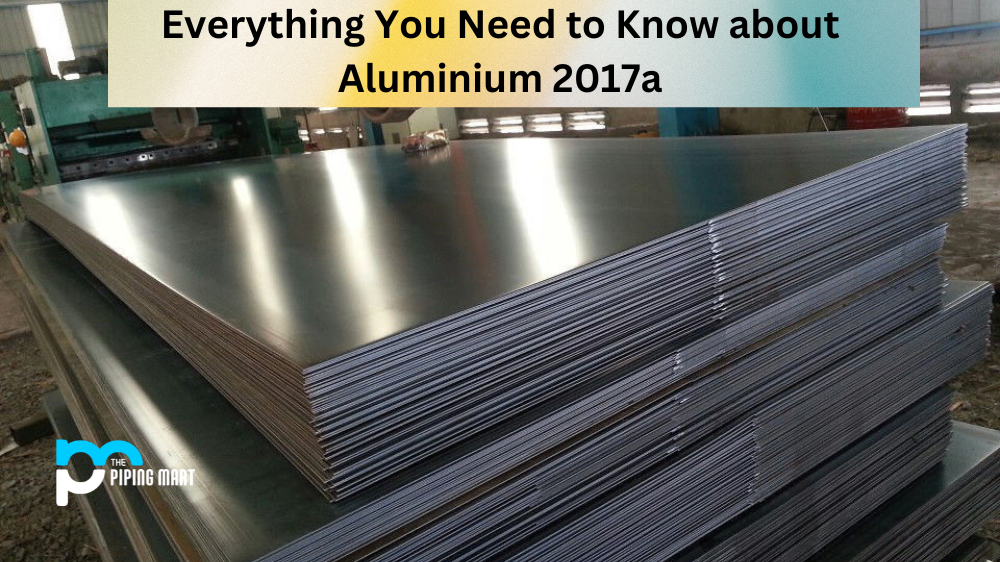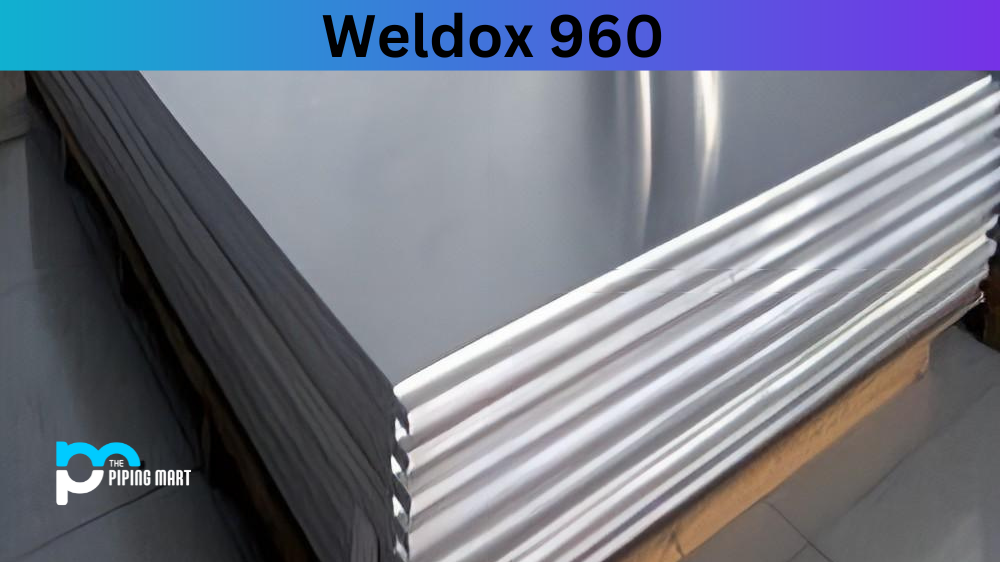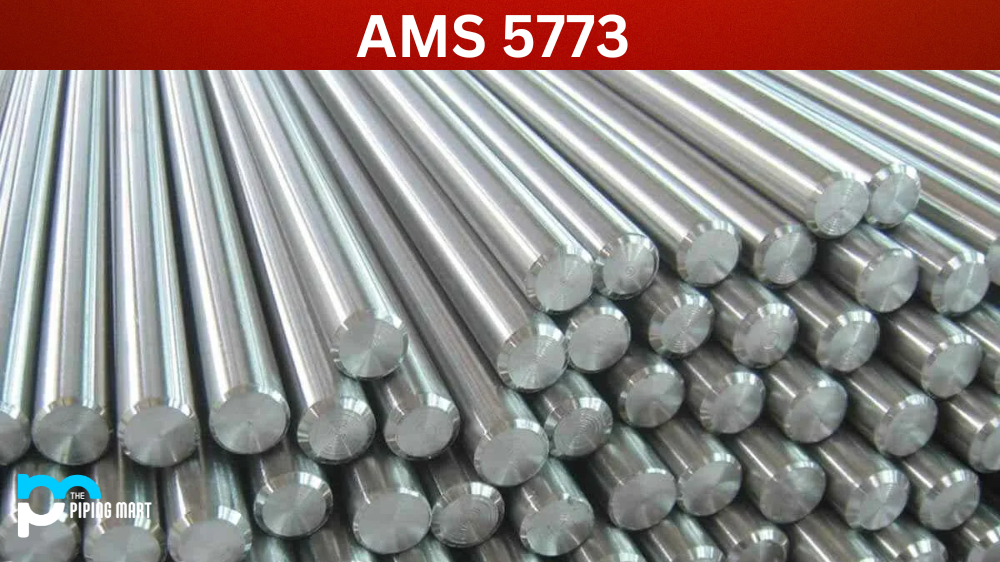Aluminium is one of the most versatile and essential materials in various industrial and residential applications. Among the many types of aluminium available, one of the best is aluminium 2017a. In this blog, we’ll explore this material’s composition, physical and mechanical properties, uses, heat treatment, and hardness in detail. So whether you are a manufacturer or a home builder, you’ll find this post informative.
Aluminium 2017A Composition
Aluminium 2017a is an alloy that consists of 4% of copper, 0.4% manganese, and 0.7% magnesium. This alloy has impressive strength and corrosion resistance and is easy to machine. Its composition makes it an excellent choice for products subjected to high stresses and temperatures.
| Element | Content (%) |
|---|---|
| Aluminum, Al | 91.5 – 95.5 |
| Copper, Cu | 3.5 – 4.5 |
| Iron, Fe | 0.7 max |
| Manganese, Mn | 0.4 – 1 |
| Magnesium, Mg | 0.4 – 0.8 |
| Silicon, Si | 0.2 – 0.8 |
| Zinc, Zn | 0.25 max |
| Titanium, Ti | 0.15 max |
| Chromium, Cr | 0.1 max |
| The remainder (each) | 0.05 max |
| The remainder (total) | 0.15 max |
Aluminium 2017A Physical Properties
Aluminium 2017a has a 2.81 g/cm3 density and a melting point of 549 °C. Its thermal conductivity is 120 W/m.K, and its electrical conductivity is 43% that of copper. The material has an elastic modulus of 70 GPa and a Poisson’s ratio of 0.33. It is also non-magnetic, making it an excellent option for some electronic applications.
| Properties | Metric | Imperial |
|---|---|---|
| Density | 2.79 g/cm³ | 0.101 lb/in³ |
| Melting point | 513-641°C | 955 – 1185°F |
Aluminium 2017A Mechanical Properties
Aluminium 2017a is a high-strength alloy that can handle high loads. It has a tensile strength of 450 MPa, yield strength of 400 MPa, and an elongation of up to 10%. This alloy can withstand temperatures of up to 200 °C. Its power increases when exposed to low temperatures.
| Properties | Metric | Imperial |
|---|---|---|
| Tensile strength (annealed) | 179 MPa | 26000 psi |
| Yield strength (annealed) | 69 MPa | 10000 psi |
| Elongation (annealed) | 22% | 22% |
| Elastic modulus | 72 GPa | 10500 ksi |
| Shear strength (annealed) | 124 MPa | 18000 psi |
Aluminium 2017A Equivalent
- AMS 4118
- ASTM B211
- ASTM B216
- ASTM B316
- QQ A-225/5
- QQ A-430
- SAE J454
Aluminium 2017A Uses
Aluminium 2017a is used in various applications, particularly in aerospace and defence industries, requiring high-strength materials. It is ideal for manufacturing aircraft parts, missile components, and gears. This alloy is also used in the construction and transportation industries to make frames, superstructures, and carriage parts.
Aluminium 2017A Heat Treatment
Heat treatment is essential in improving the mechanical properties of aluminium 2017a. The material can be heat-treated at 495°C for two hours and quenched in cold water. Then, the alloy can be artificially aged at 160°C for 12 hours. This process improves the strength, hardness, and flexibility of the material.
Aluminium 2017A Hardness
Aluminium 2017a has excellent abrasion resistance and hardness, making it ideal for excessive wear and tear applications. Its hardness ranges from 110 to 116 HB.
Conclusion:
Aluminium 2017a is an impressive material with a wide range of uses. Its composition provides excellent mechanical and physical properties, making it suitable for high-stress applications. The material’s hardness, corrosion resistance, and easy machinability make it a popular choice across several industries, including defence, aerospace, construction, and transportation. Heat treatment is essential in improving the material’s properties, and the low-temperature strength of aluminium 2017a makes it an ideal material for manufacturing in extreme weather conditions. So, if you are looking for a material that can provide durability and strength, aluminium 2017a is undoubtedly an excellent option.




